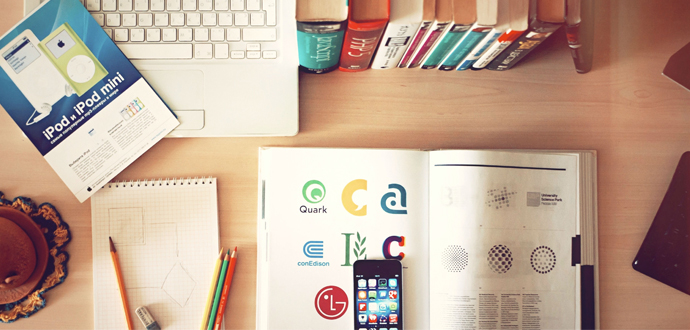
Last week, I spoke with a friend who helps schools launch blended-learning programs about what she sees as the biggest barriers inhibiting program success. Her answers were intriguing. First, she suggested that schools need to ensure that teachers, students, parents, and administrators all have a shared vision for why blended learning would be good for their students before getting into the “what” and “how” of a program. But after developing this shared vision, one of the biggest challenges, she noted, was helping teachers trust their students.
By definition, blended learning gives students more control over the time, place, path, or pace of their learning. But for experienced teachers in a traditional classroom setting, it can be difficult to imagine a class operating successfully when students have a high degree of autonomy. My friend noted that teachers often worry about students surfing the web when they are supposed to be working or not showing up to school at all if their blended-learning program affords them flexible school hours.
These concerns are real. And they are grounded in teachers’ lived experiences of giving students autonomy only to be disappointed by the choices students make. Nonetheless, examples at schools we’ve studied from across the country show that there are ways to coach students and hold them to high expectations so that eventually they can successfully manage their own learning. Unfortunately, it hasn’t been easy for teachers to learn these practices unless they were fortunate to have the support of experienced colleagues or put themselves through the school of hard knocks. But earlier this week, the Christensen Institute published a new resource that changes the game for teachers who are trying to learn how to make student-centered learning and student agency work.
Our latest publication, “How to create higher performing, happier classrooms in 7 moves: A playbook for teachers,” offers to blended-learning classrooms an early iteration of what Doug Lemov’s Teach Like A Champion gave to traditional classrooms: detailed descriptions of specific teacher moves that define high-quality, student-centered teaching. In the playbook, readers find descriptions of a host of student-centered strategies to help students successfully manage autonomy. Some of these strategies include:
• Give students more control of their learning by providing them with content and resources that they are free to access without direct instruction.
• Encourage students to work in self-directed teams by fostering peer-to-peer learning and dynamic, team-based collaboration.
• Teach mindsets such as agency, creativity, growth mindset, and passion for learning.
• Help students hold themselves accountable by giving them tools to set goals, track their progress, and follow through.
The playbook, written by our adjunct fellow, Heather Staker, draws on findings from a pilot project focused on helping teachers motivate their students to high levels of academic performance. Over the last year, three researchers, Mallory Dwinal, David Richards, and Jennifer Wu, studied the management principles of companies from Glassdoor’s “Best Places to Work” list, translated those principles into specific classroom practices, and then worked with teachers from three Bay Area schools to implement the practices in their classrooms.
Drawing on the experiences and observations of the teachers, students, and researchers involved in the pilot, the playbook documents stories of the moves used by teachers who participated in the pilot and artifacts that the teachers developed for implementing those moves.
For example, at the start of the pilot, Linda Rogers, a teacher at Redwood Heights Elementary School in Oakland, Calif., was already practicing the move of helping students hold themselves accountable, but found that the things she was doing weren’t translating into increased learning gains for all of her students. She had her students set personal goals for the progress they wanted to make in ST Math and Lexia Learning and then track their daily progress. But Linda observed that some students weren’t following through with their goals and that their progress had stalled as a result. Through the pilot, Linda realized that in addition to having students set goals, students needed to understand that having good mindsets helps them develop good habits and behaviors and that good habits and behaviors are what cause people to reach their goals. As Linda started to implement these mindset strategies, she saw a transformation take place in her classroom. Students came to understand the importance of mindsets, like persistence and teamwork, to help them reach their goals. By the end of the year, all but a few students had completed 100 percent of the material for their grade level in ST Math—a better success rate than in the previous two years that her students had used ST Math.
As blended learning adoption grows, teachers increasingly need resources to help them transition successfully to the student-centered learning practices that blended learning enables. Given that need, the publication of this playbook couldn’t be more timely.
—Thomas Arnett
Thomas Arnett is a Research Fellow of Education at the Clayton Christensen Institute.
This post originally appeared on ChristensenInstitute.org.


